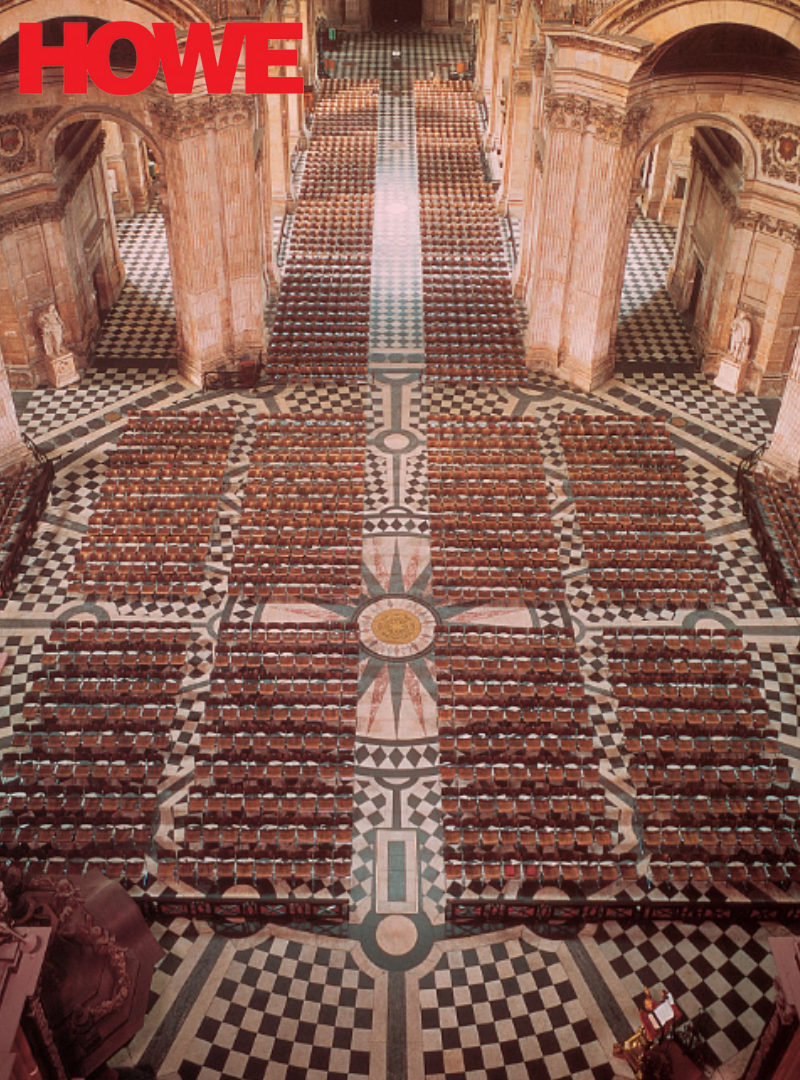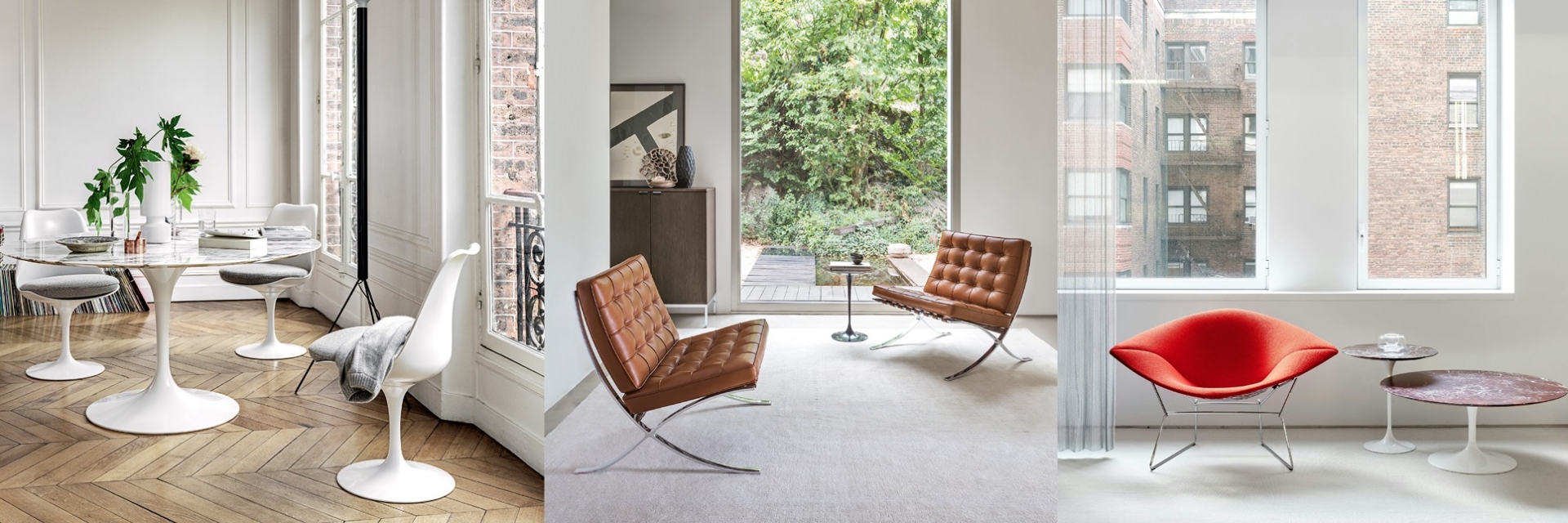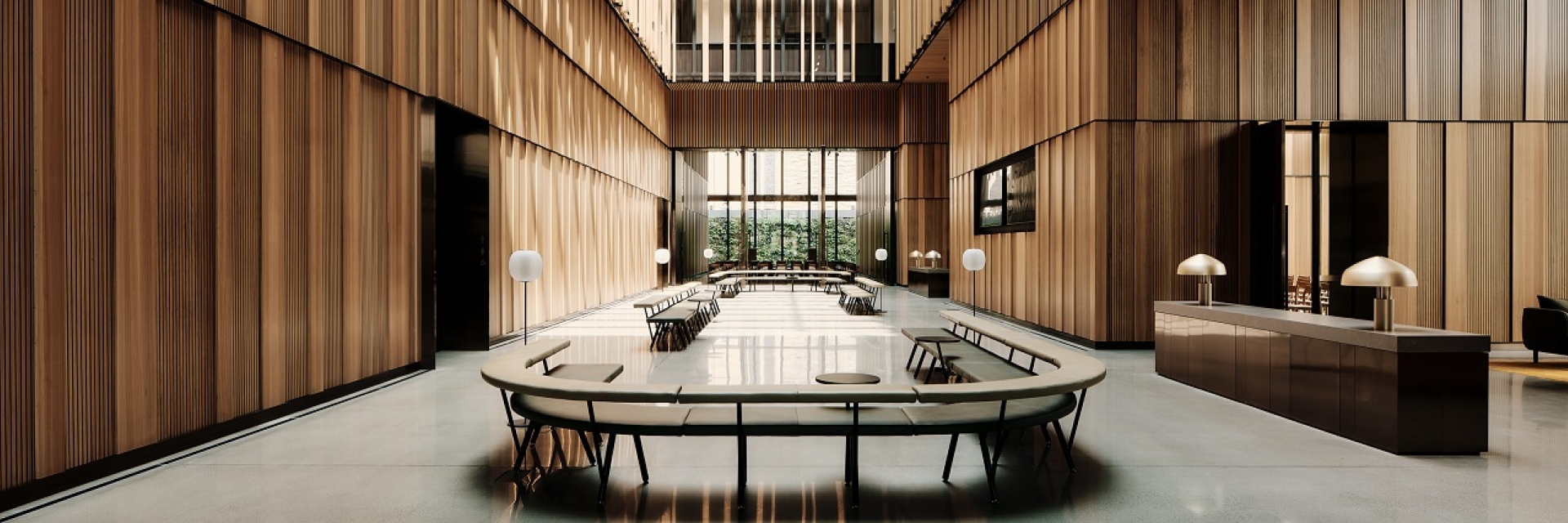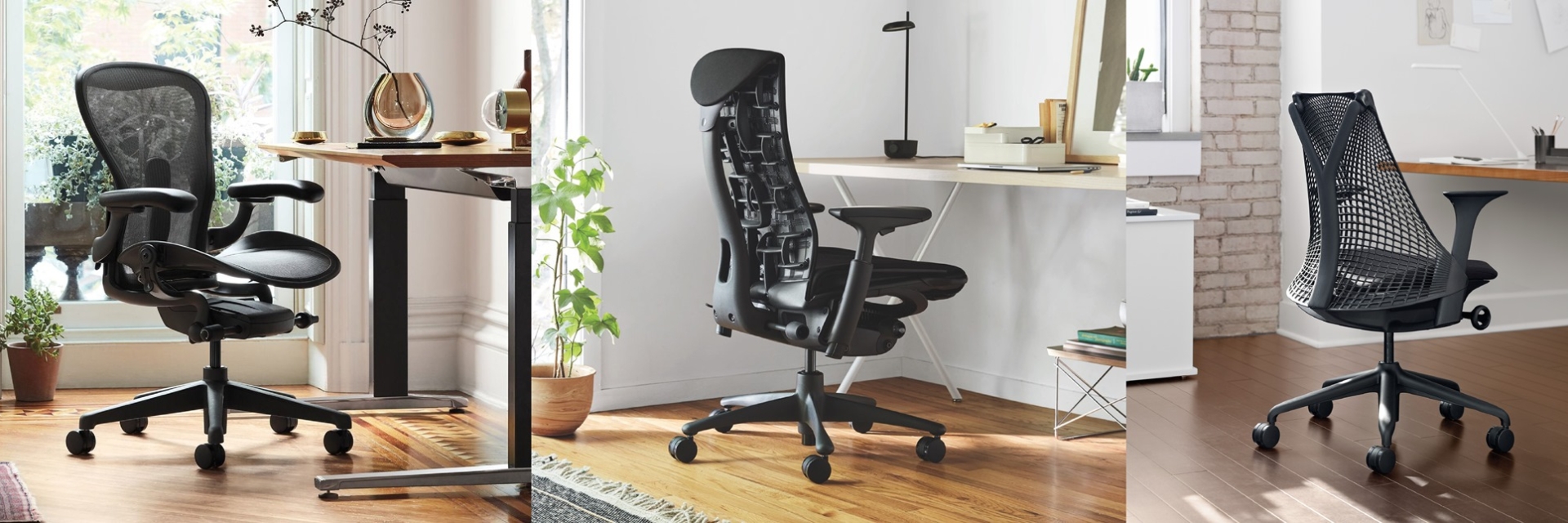
What is it?
In our current economy, we take materials from the Earth, make products from them, and eventually throw them away as waste – the process is linear. In a circular economy, by contrast, we stop waste being produced in the first place.
Making the change.
We can stop waste being produced by designing products and systems that enable them to be reused, repaired, refurbished, or recycled, rather than throwing them away.
In Australia alone, it is estimated that 35,000 tons of office furniture is sent to landfill every year.
How is it done?
The process is driven by design, and by following these principles:
- Designing products for longevity and repairability
- Using renewable and sustainable resources wherever possible
- Reusing and repurposing products and materials
- Recycling and recovering materials and resources to create new products and reduce waste.
The result.
By implementing these principles, a circular economy can create economic, social, and environmental benefits, including reducing waste and pollution, creating new jobs and business opportunities, and increasing resource efficiency and security.
A case study.
Howe Furniture was founded in 1928. Influenced by the Bauhaus movement – design that is stripped down to its essentials, the rational and elegant use of modern materials and industrial techniques, & simplicity - Howe designed and produced sustainable & long-lasting furniture long before the term Circular Economy was birthed.
Howe’s foundation and belief that good design must contribute to a more sustainable future continues to care about how materials are sourced, developed and manufactured. This has resulted in a great number of sustainability achievements namely, FSC + PEFC certifications; Design for Disassembly; The Take Back Program; Global GreenTagCertTM product certifications; and Environmental Product Declarations (EPDs)

Howe 40/4 Chair
1964
Designed by David Rowland
Intelligent, purposeful, and refined
Long Lasting Durability - 2500 chairs in veneer are in St Paul’s Cathedral in London, pictured above, and have been used and moved each day since 1973. 50 years later and they are still in good condition.
Rowland’s design life was dedicated to designing a robust ‘minimal’ stacking chair and minimisation being the end state in all senses: materials, weight, volume & cost. Recognised as one of the most important and ground-breaking designs of the 20th century for its compact stackability, excellent ergonomics and comfort, versatility, and timeless grace.
There have been more than eight million 40/4 chairs sold, and it’s known as the world’s first stackable chair, stacking 40 high.
The 40/4 Chair comes with a 10-year warranty.
EXPLORE HOWE 40/4
VIEW PRODUCTS SUSTAINABLY MANUFACTURED USING SUSTAINABLE & RECYCLED MATERIAL




